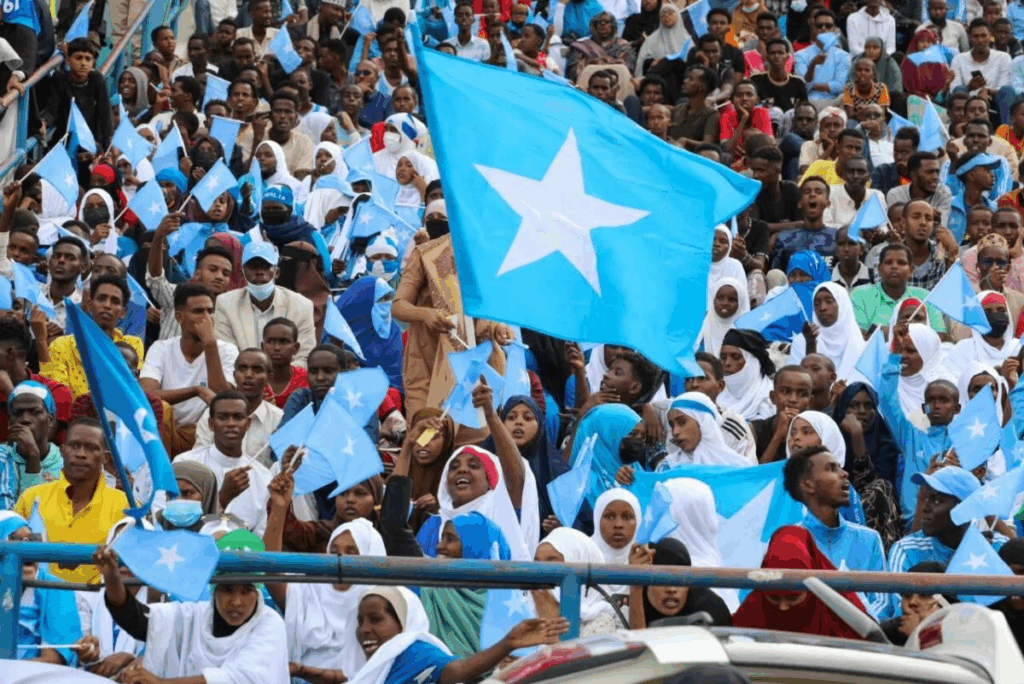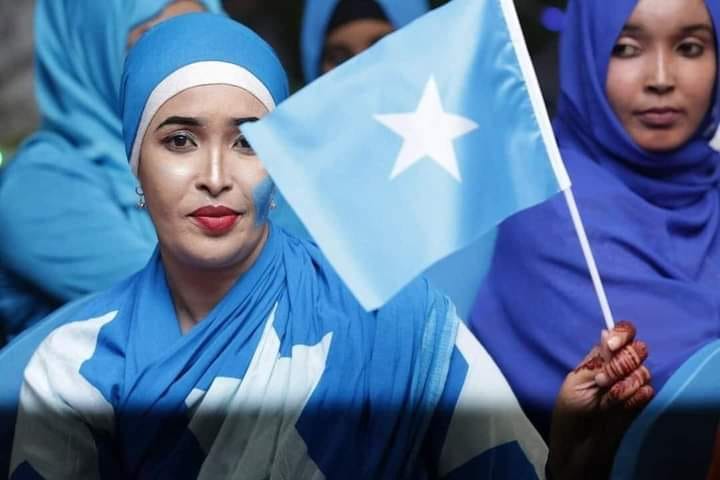As Somalia marks 65 years since independence and unification, the iconic blue flag with the white star continues to wave across the country. But beneath this symbol of sovereignty lies a deeper question:
Can Somalia national unity be reclaimed after decades of division and conflict?
The Rise and Fall of Somalia National Unity Since 1960
When British Somaliland and Italian Somaliland united in 1960, hopes were high for a democratic and unified Somali Republic.
However, political instability, clan-based divisions, and authoritarian rule under Siad Barre gradually eroded that vision.
A Nation Fragmented Despite a Shared Flag
Since the collapse of the central government in 1991, Somalia has struggled to rebuild.
Somaliland declared independence, Puntland operates autonomously, and Mogadishu remains the seat of a fragile federal government.
While the Somali flag remains a national symbol, it no longer reflects a fully unified state.

Regional Perspectives on Somalia National Unity
The concept of Somalia national unity is viewed differently across its various regions.
Somaliland
In Somaliland, self-declared independence since 1991 has led to the formation of functioning democratic institutions and security structures.
Yet, it remains unrecognized internationally, making it both politically separate yet symbolically tethered to the original union.
Puntland
In Puntland, autonomy is embraced within the framework of a federal Somalia.
Regional leaders often stress the need for a more equitable federal model—one that safeguards local governance while maintaining the vision of a united Somali state.
Other federal member states such as Jubaland and Galmudug express continued commitment to the idea of Somalia as one nation but underscore the importance of inclusive dialogue and transparent power-sharing.
The Role of the Somali Diaspora in Rebuilding National Unity
With millions of Somalis living abroad, the Somali diaspora plays a crucial role in sustaining the idea of Somalia national unity.
Through remittances, civic activism, and cultural storytelling, diaspora communities keep alive the shared memories of what a united Somalia once stood for.
Diaspora-led advocacy has called for peacebuilding, constitutional reform, and more representative leadership.
Many second-generation Somalis have embraced digital platforms to campaign for national reconciliation, bridging distance with dedication.
Timeline of Somali Unity and Disintegration: Key Milestones
A clear timeline helps trace the journey of Somalia national unity from its inception to its challenges:
| Year | Event |
|---|---|
| 1960 | Independence and unification of British Somaliland and Italian Somalia |
| 1969 | Assassination of President Sharmarke, followed by a military coup |
| 1991 | Collapse of the central government; Somaliland declares independence |
| 2004–2012 | Transitional governments and federal system introduced |
| 2025 | Continued efforts toward national reconciliation amid regional autonomy |
This timeline illustrates how the Somali Republic’s early promise was disrupted but also how continued political efforts aim to reclaim unity through federal consensus.
What Will It Take to Restore Somali National Unity?
Rebuilding national unity requires more than political agreement—it demands national healing.
Analysts suggest a path forward that includes:
- Genuine federalism with decentralized power
- Transparent national elections and inclusive leadership
- Addressing historical injustices and regional marginalization
- Countering terrorism while promoting civic identity
International partners can support Somalia’s journey, but the enduring solution must come from within—led by Somalis for Somalia.


